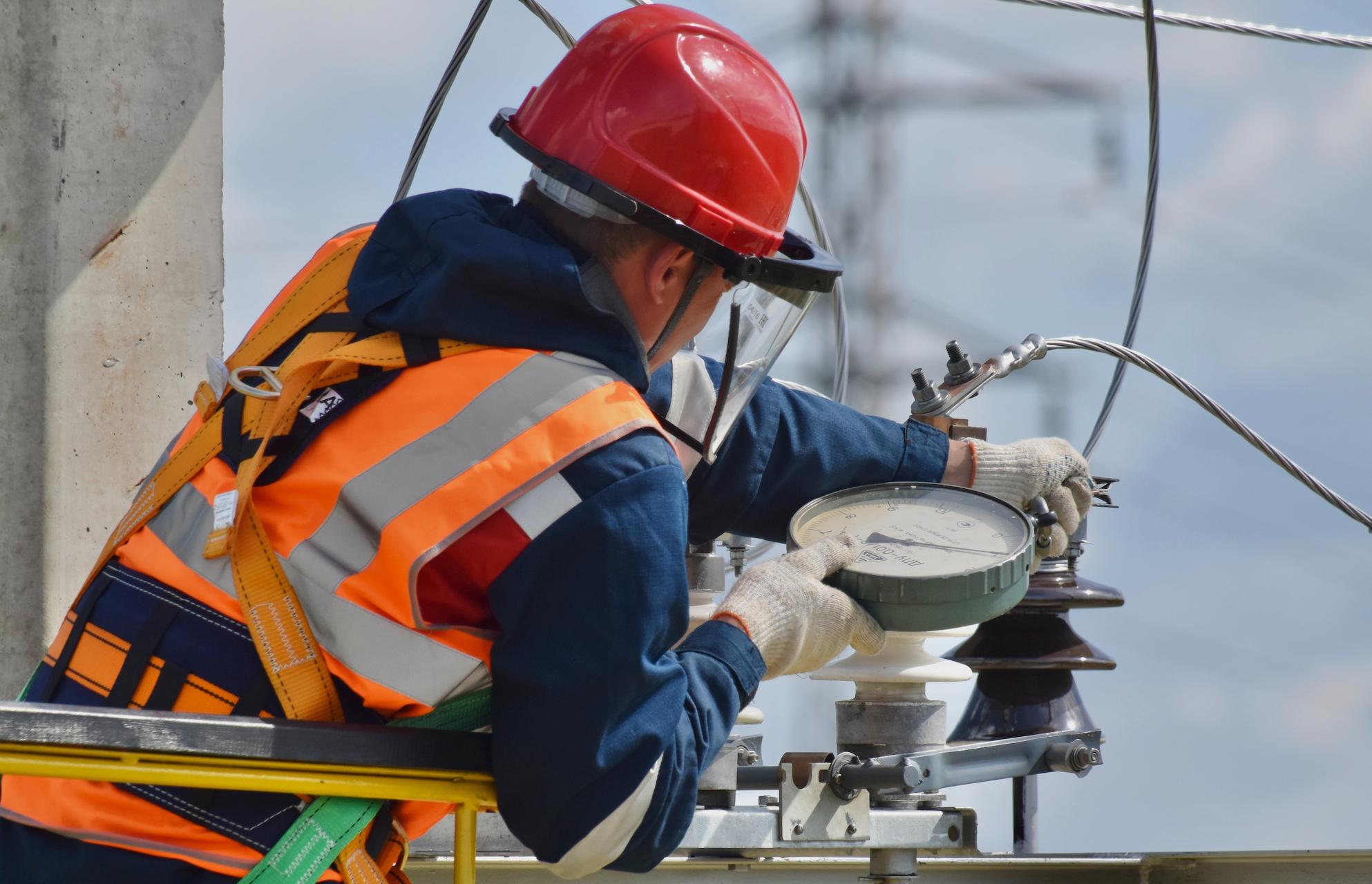Developed nations waste a lot of food which is not only wasting a lot of money but also throwing away something that can feed poor nations on any given day. On top of that, leading skip hire service providers like skip the tip emphasise the fact that wasted food is a major problem for the environment as well.
Food waste has one destination – the landfills. Food waste undergoes both aerobic as well as anaerobic decomposition that results in methane release. Methane – you all know is a greenhouse gas that ultimately contributes to global warming.
Scientists and environmentalists have long been searching for a solution to this menacing problem and thankfully their research and hard work paid off. Waste management companies are now using the process of hydrothermal liquefaction. It is basically cooking off food waste under high temperature and pressure. Food waste is then reduced to oil that can further be refined to create biofuel. On top of that, it can also be turned into biogas which is basically methane.
Hold on – what is Biogas?
Biogas is the byproduct of anaerobic (a condition where decomposition takes place even in the absence of oxygen) digestion of food waste by microbes. The microorganisms eat away on the food waste, reducing the complex molecules into simpler forms and releasing biogas in the process. Biogas is a mixture of carbon dioxide, methane and trace amounts of other gases like hydrogen sulphide.
Biogas needs to be further processed after extraction to remove all traces of hydrogen sulphide. Post refining, the gas can be used as a clean fuel that has a lot of applications, to say the least. For instance, it can be used for:
- Cooking food
- Heating water
- Heating furnaces to generate electricity
- Keep spacecraft warm and many more
How food waste is transformed into this clean energy?
Food waste has a watery, gooey texture that readily goes into anaerobic digestion by decomposing bacteria where the latter breaks down the complex molecules of the food waste and releases biogas in the process as a by-product. The primary composition of biogas is 3 parts methane and one part of carbon dioxide. The gas can be used as a clean source to generate heat and electricity.
Biogas is mainly captured directly from landfills as they are one of the primary sources of this clean energy. On top of that, waste processing plants also use the previously mentioned, recently introduced the process of hydrothermal liquefaction to cut food waste into clean energy. The process starts with the food waste being pressure cooked for a few minutes and ends with a few days in an anaerobic digester.
At the end of the day, the goal is to make sure that food waste is turned into clean energy. It is one of the many reasons why both of these solutions are important. The current climatic and environmental conditions of the earth are problematic, to say the least, but nature still hasn’t shown her full wrath on the human civilisation. If solutions like these are not made mainstream, chances are really high that in the near future, Earth might turn uninhabitable for humans.



